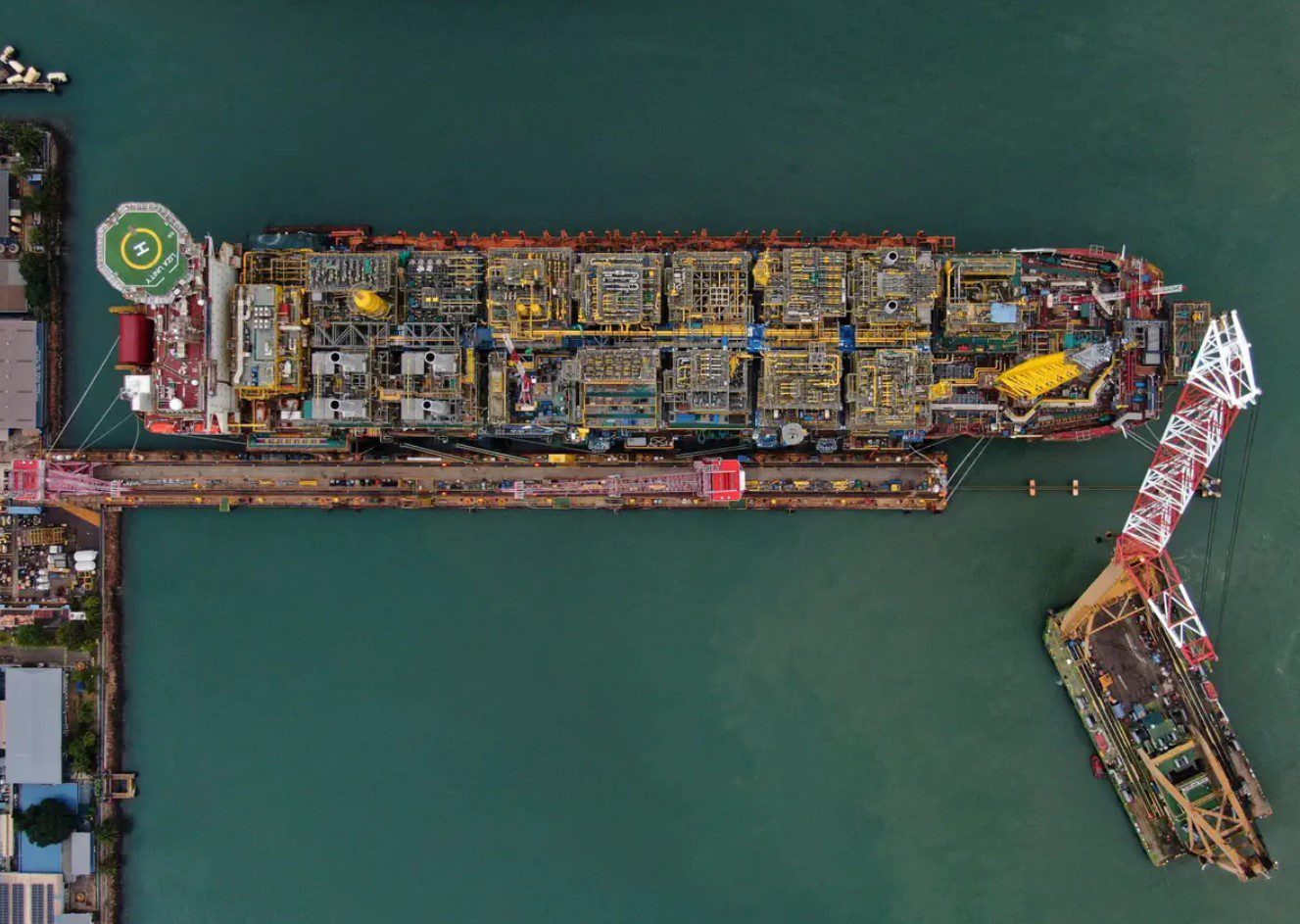Guyana’s Environmental Protection Agency (EPA) in early August approved the final terms and scope for the Environmental Impact Assessment (EIA) for the Uaru Development Project, Exxon’s fifth and largest project at the Stabroek Block.
The terms and scope document was prepared by the EPA in consultation with the consultant hired by ExxonMobil to conduct the EIA, Acorn International. The terms and scope document was developed following a period of public consultation and sets out the requirements, both general and specific, that the consultants should address in the conduct of the EIA.
For the purpose of the EIA, the consultant is required to include a project description chapter that clearly outlines the project design, and includes descriptions of all construction and operational phases, best available techniques governing economic and technical feasibility, and an examination of the project in relation to existing or planned developments.
For the EIA’s scope, the consultant is to follow the dictates of the Environmental Protection Act, in this regard, specifically Part IV (11)(5). The law requires a detailed description of the project, an outline of the main project alternatives studied by the developer, and information on the direct, indirect, and cumulative impacts/effects of the proposed project on the environment. The consultant is also required to outline any difficulties encountered while compiling information for the EIA; a description of the best available technology; a description of any hazards or dangers which may arise from the project; a description of the measures proposed to be used to mitigate adverse effects of the project; a statement of the degree of irreversible damage; and oil spill response plan; and a programme for rehabilitation and restoration of the environment.
The project is currently in the early stages of design and will be optimised during the engineering process, the document states.
The Uaru Development could produce as much as 275,000 barrels of oil per day (bpd) and could achieve first oil as early as the fourth quarter of 2026, according to the project summary seen by OilNOW.
The project summary stated that the project will be in the eastern portion of the Stabroek Block, approximately 200km from Port Georgetown, and will produce hydrocarbons from the Uaru and Mako reservoirs. Exxon’s projects manager in Guyana had said the company was looking to add a third reservoir. According to the terms and scope document, Snoek has been added.
At a production capacity of 275,000 bpd, Uaru would take accumulated oil production capacity in the Stabroek Block over 1.1 million bpd after it is safely commissioned and ramps up to nameplate capacity.
ExxonMobil plans to have six floating production vessels offshore by 2027, producing 1.2 million barrels per day (bpd). The partners see potential for as many as 10 floaters offshore Guyana closer to the end of the decade.



